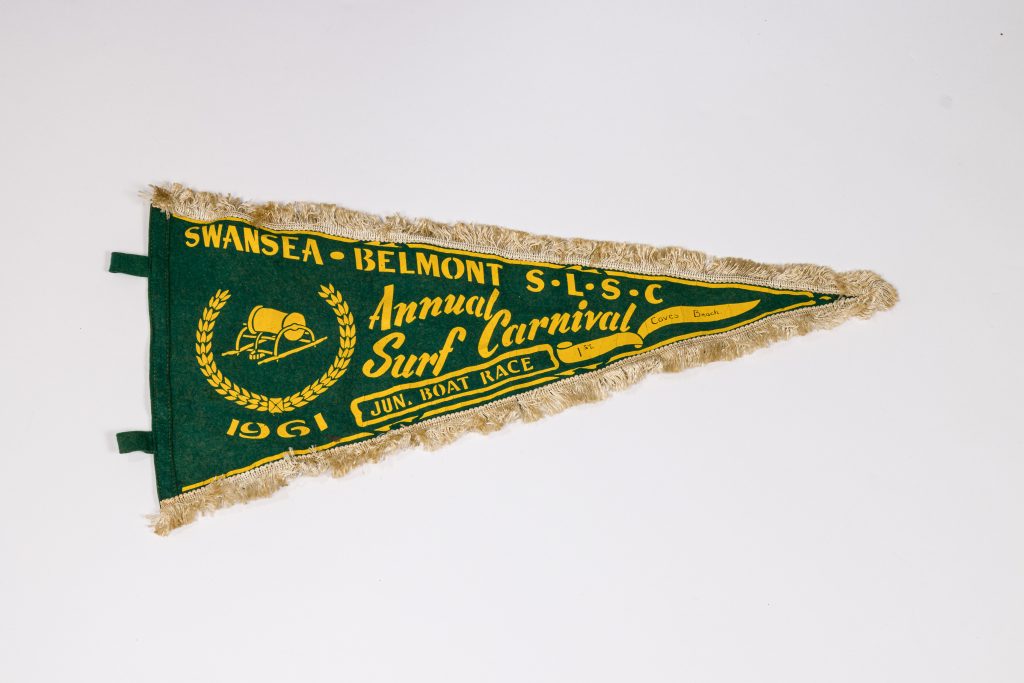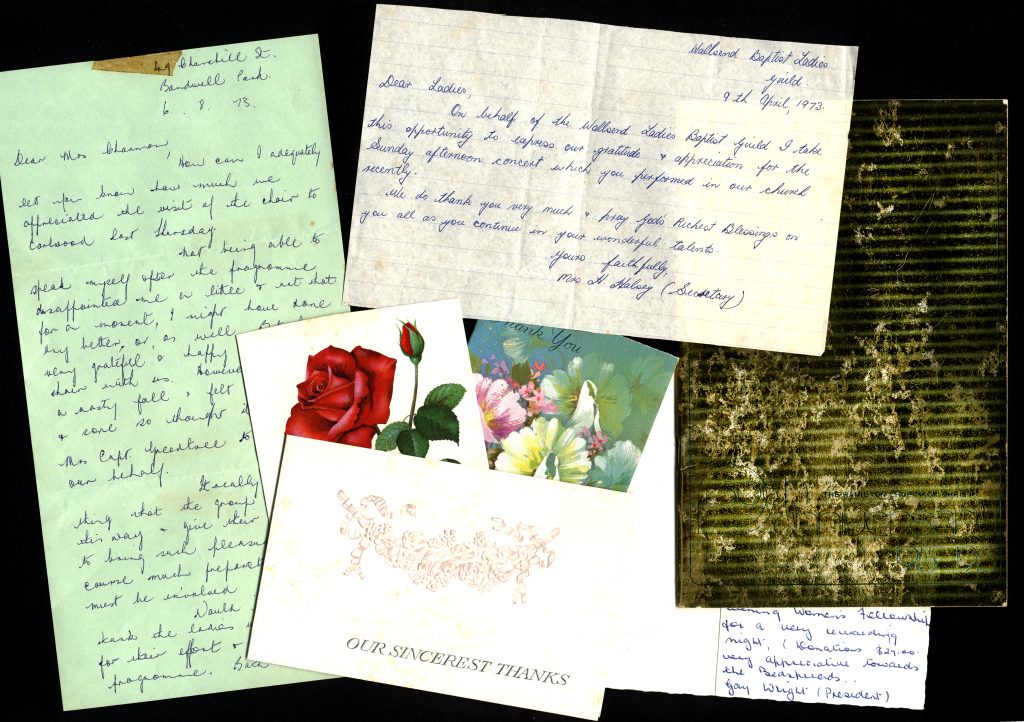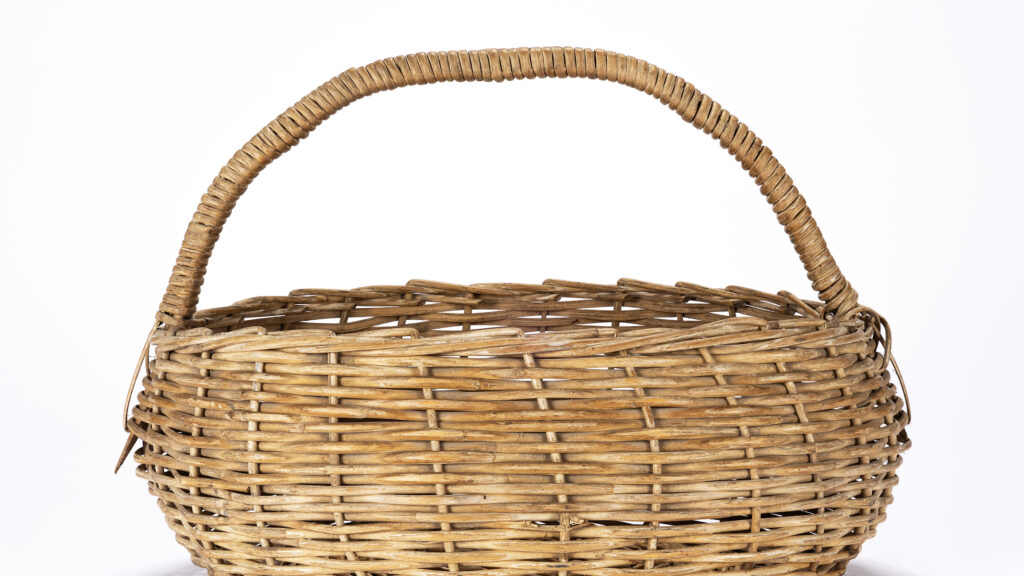
Born five years after the first World War (1914-1918), Lil Jordan had already travelled through childhood and adolescence, married and had her first child by the time she came to live in Iluka with her husband Jim in the late-1940s. With the strains of WWII (1939-1945) having slowly eased, optimistic times were returning. Lil had […]
Read More…
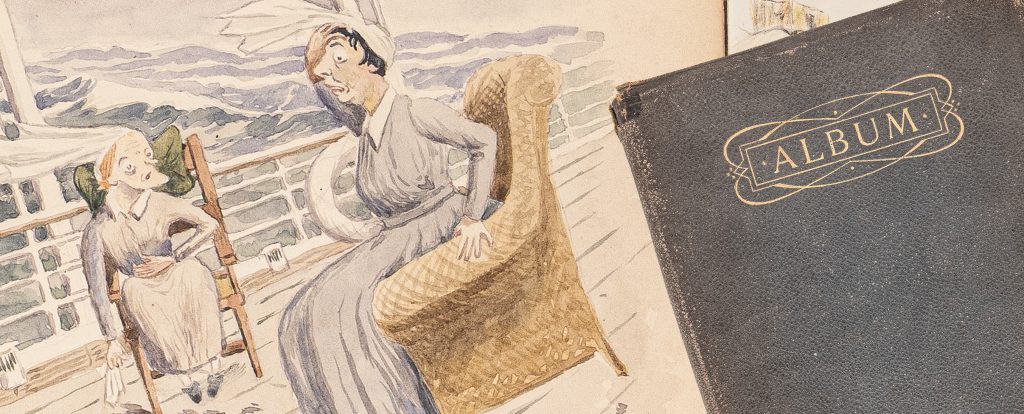
Between the covers of this album are nineteen drawings completed between March and September 1917on HMHS Takada and at the Victoria War Hospital (VWH), Bombay (Mumbai) during the First World War (WWI). The Victoria War Hospital was established in the Taj Mahal Hotel and staffed by Australian nurses including Violet Hazel Lowrey (1889–1964) of Stroud. […]
Read More…
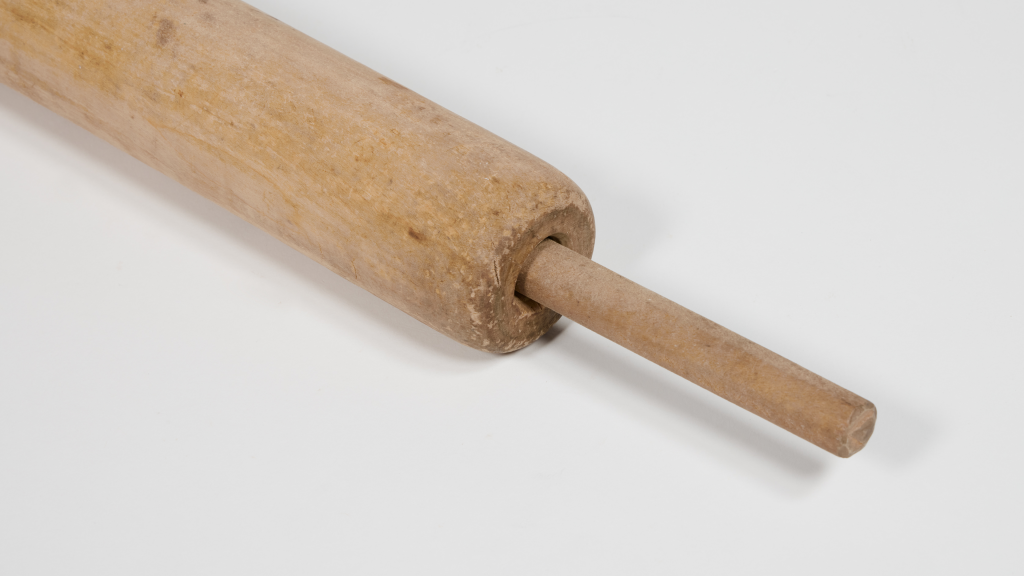
In a kitchen on the NSW South Coast, probably in the early twentieth century, a woman used this rolling pin almost daily for making her family’s meals. Before pastry, scones, and biscuits could be bought ready-made in supermarkets, the kneading and flattening of dough with a rolling pin was an everyday ritual in most kitchens. […]
Read More…
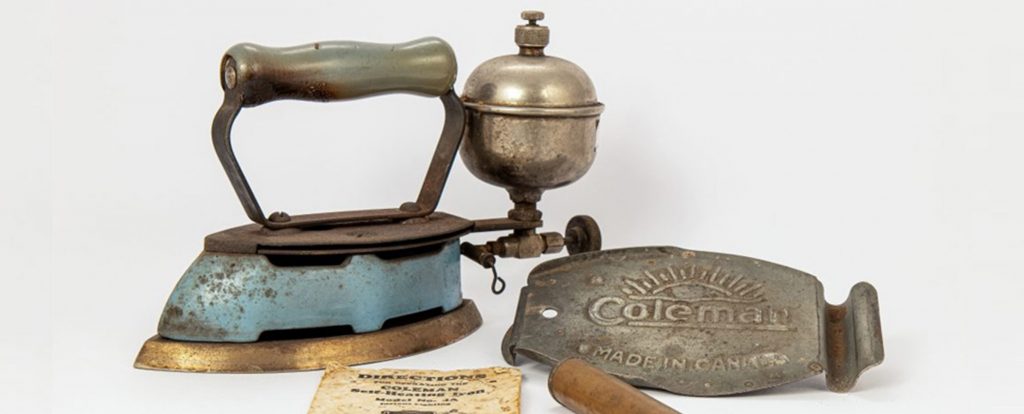
Gone were the days of sweating by the wood fire stove in summer while waiting for a flat iron to heat. In the 1930s, this Coleman Self Heating Iron Model No 4A, with ‘Cool Blue’ enamel was the state-of-the-art ironing aid that every home needed. Heated with a gasoline fuel burner, which lit instantly and […]
Read More…
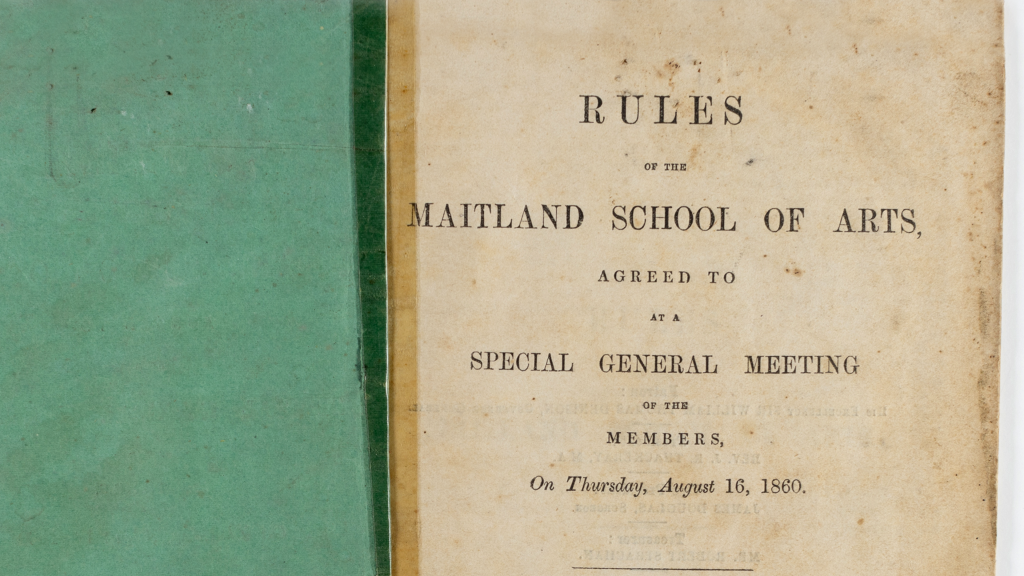
With today’s digital library resources, it’s easy to forget how libraries once relied entirely on paper catalogues. In Maitland, sometime after 1860, the librarian of the West Maitland School of Arts library (which boasted 417 volumes) cut a length of adhesive tape and stuck it along the spine of this copy of the institution’s catalogue […]
Read More…
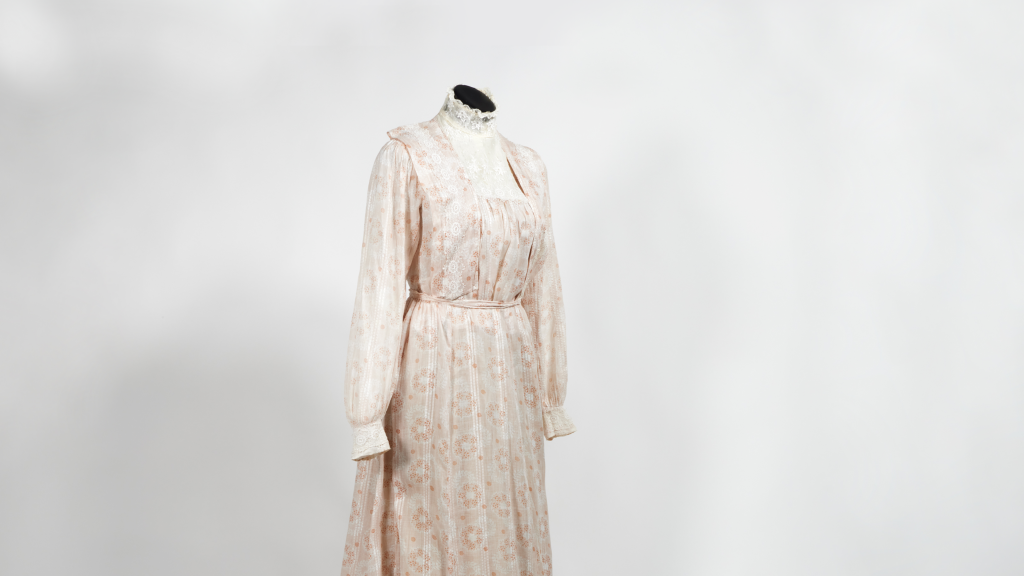
This day dress and petticoat were owned and worn by Mrs Ann Chellew nee Milburn (1872-1948) when a young woman around the turn of the twentieth century. Ann was the daughter of Janet Miller and James Milburn, who migrated to Australia from Scotland and England. Arriving with her family (in 1852) Janet was a baby, […]
Read More…
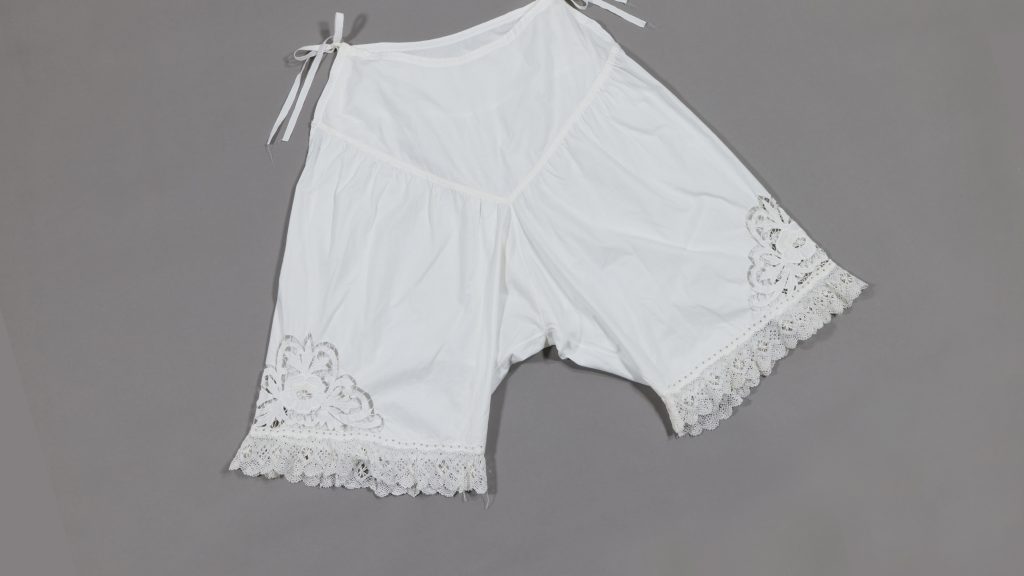
When packing to travel to the other side of the world, what does an Edwardian woman put in her trunk? Knickers, of course. This machine-made pair, with their fancy cutwork embroidery and handmade torchon lace seem to have a very full front. Were they made to be worn by a pregnant woman? Was that why […]
Read More…
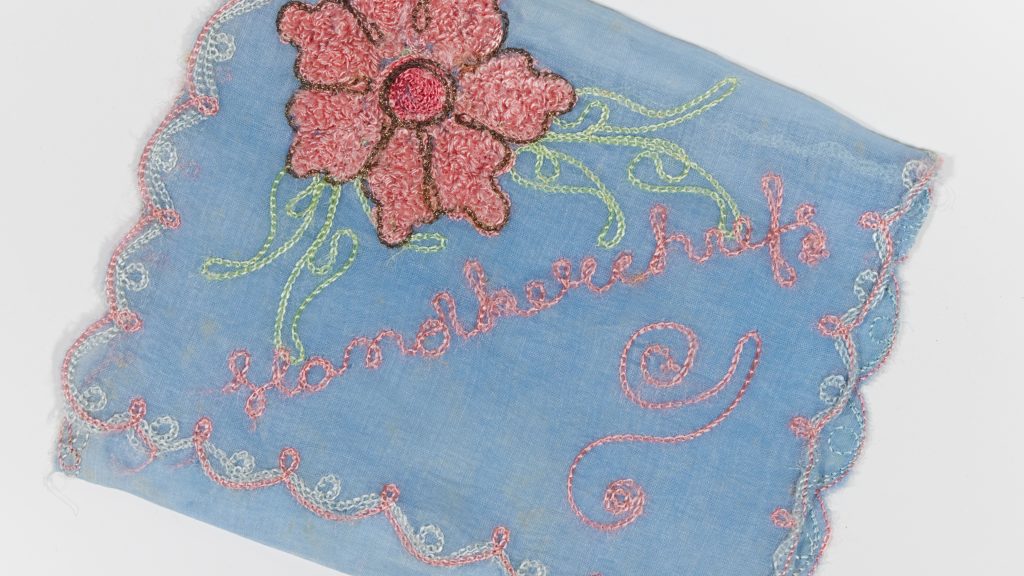
In the 1930s Gwen Wiley of Berry patiently cut out the silk fabric, sewed the seams and chain-stitched and embroidered these handkerchief sachets. And it may not have been an accident that she made them in blue. Gwendoline ‘Gwen’ Wiley (1914-1991) was the third daughter of John and Pearl Wiley. She gained her intermediate certificate […]
Read More…





